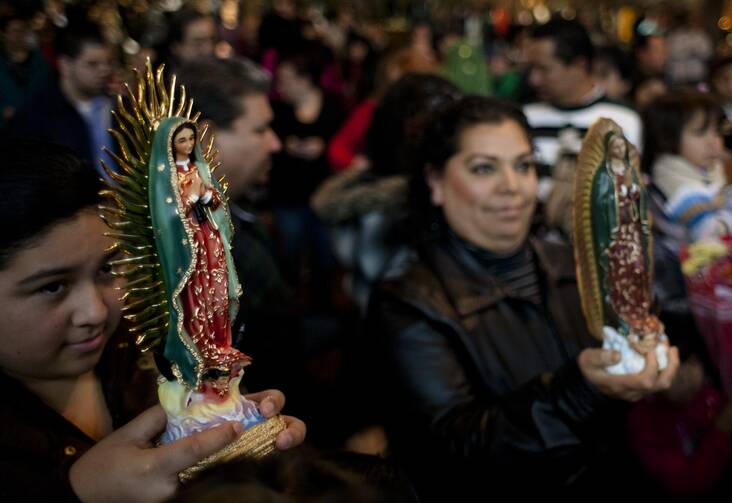The percentage of multicultural parishes in the U.S is on the increase, according to new research from the Georgetown University-based Center for Applied Research in the Apostolate (C.A.R.A.). C.A.R.A. estimates there are approximately 6,700 multicultural parishes in the United States, many located in the South and West. The Official Catholic Directory lists more than 17,400 parishes in the country.
Trending alongside that growth is Hispanic membership in the Catholic Church, now reaching 38 percent, according to the report, though Non-Hispanic whites are still the majority at 54 percent of the national Catholic population.The report found that some 29.7 million U.S. residents who self-identify as Hispanic or Latino are estimated to be Catholic, representing about 59 percent of the 50.5 million Hispanic people in the United States. C.A.R.A. reports that 40 percent of all growth in parishioners in U.S. parishes from 2005 to 2010 was among Hispanics and Latinos.
We had some questions about the emerging multicultural U.S. church for C.A.R.A.’s Mark Gray, lead author of the report:
America: What’s the need of creating a multicultural breakdown of the church?
Mark Gray: A majority of the church's youngest generation is not of European ancestry. In a recent national in-pew study, we found that many Hispanic, African American, and Asian Catholics are "driving-by" their territorial parishes to attend a parish that better serves their needs and preferences. I think it is important for the church to understand how these multicultural parishes are functioning. In some way they represent the future of Catholic parish life may be.
What are the report’s implications for the future? Will it affect priority setting?
I can't speak to priorities but the implications are that the traditional 20th century notion of parish life that was constructed on the expectations and needs of people of European ancestry may see some changes in the coming decades. The report released this week is just the first step in discerning what those changes may be. We have sought to understand where these populations are largest in number and where the parishes that serve these communities are located. The next step is to study a sample of these parishes to better understand their needs, challenges, and best practices.
Is the church properly preparing itself for the multicultural future in leadership, staffing, resources? Does it “look” multicultural?
C.A.R.A. has seen growing diversity among those ministering within the church. These changes lag a bit behind the demographic changes in the broader population. However, this is not surprising as the average ages of the ministry population is quite a bit older than the population at large. These older cohorts themselves are less diverse. We'll have to wait until the under-30 Catholic population begins to enter ministry in greater numbers to see diversity in leadership grow more.
How well is the fading majority, i.e., European ethnics, handling the transition?
Catholics of European ancestry aren't exactly "fading." This population has and will continue to grow—just at a slower pace than those of non-European ancestry. Ninety-five percent of non-Hispanic white parishioners surveyed in-pew nationally by CARA in 2011 and 2012 agreed or strongly agreed that "I am comfortable with the increasing racial and ethnic diversity of this parish."








